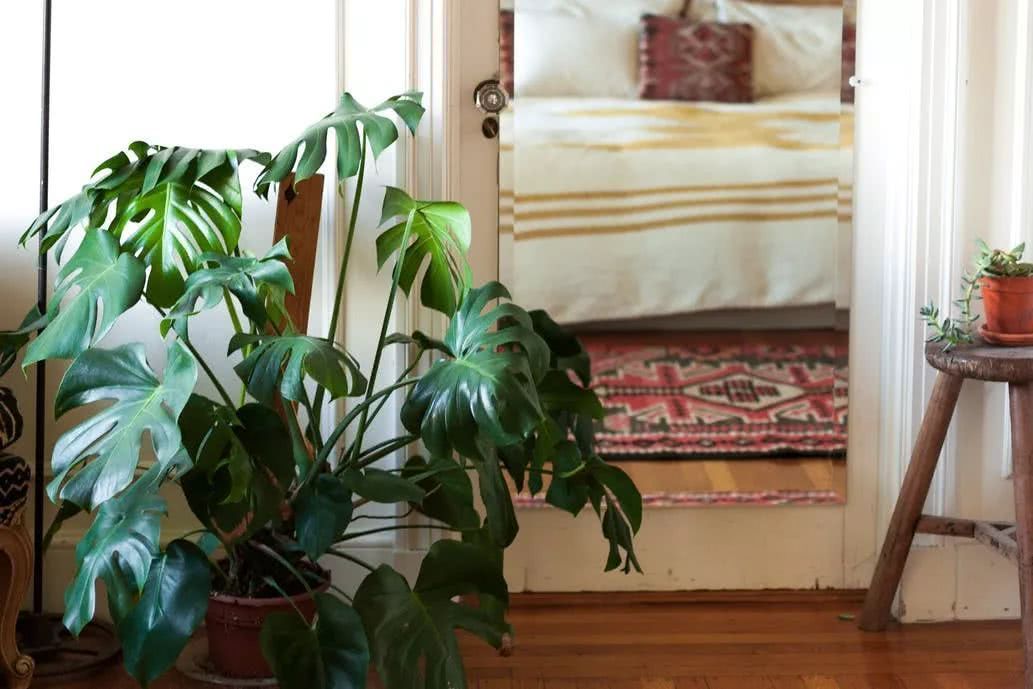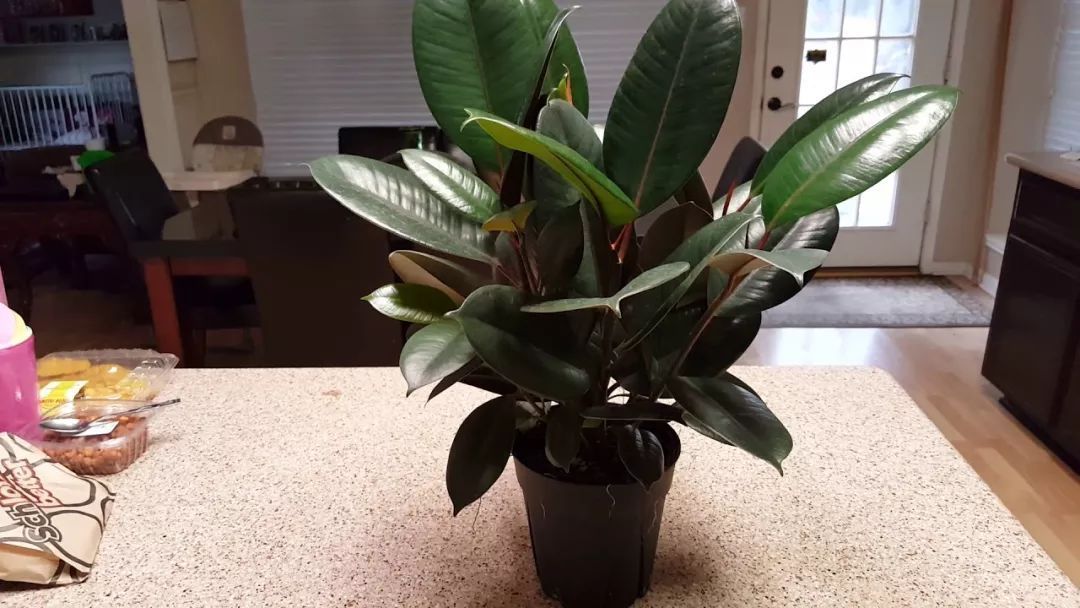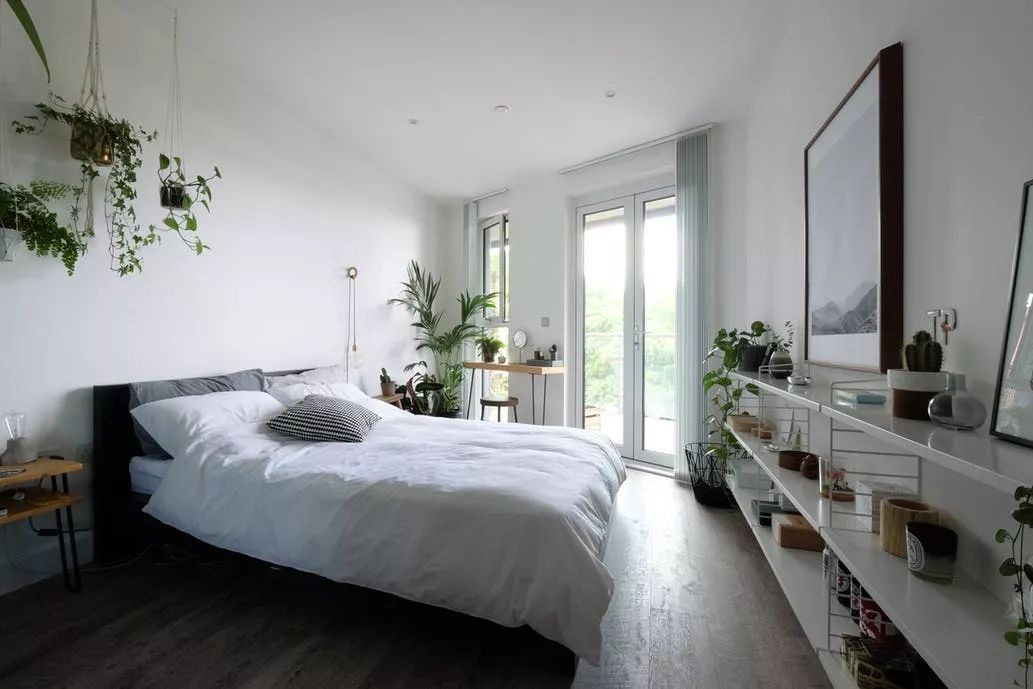The maintenance of tortoise back bamboo only needs to pay attention to five skills. Flowerpots can also continue to grow and reproduce.

The iconic cracked leaves of the tortoise-backed bamboo are very beautiful and are often used in art or flower arrangement designs, as well as as a separate display. Tortoise-backed bamboos can be raised for many years, with different containers and different styles, but do you know how to maintain and breed?
1. The environmental requirements of tortoise back bamboo.
The leaves of Phyllostachys pubescens do not split when they are young, but they will crack slowly with the increase of age. Its leaves are very large and shiny.
I have also seen other species of tortoise-backed bamboo, such as Xiandong tortoise-backed bamboo, which has many holes in its leaves.
The picture above shows the bamboo on the back of the tortoise in Xiandong.
Tortoise back bamboo is a tropical foliage plant native to the rainforests of southern Mexico and Central America. It rarely blossoms indoors and tends to produce flowers when cultivated outdoors. Its flowers can also grow into edible fruit, and it is said to taste a bit like fruit salad.
2. Is the tortoise back bamboo poisonous to cats and dogs?
In addition to the fruit is not toxic to people, most indoor plants are poisonous, daily contact with the tortoise back bamboo is not toxic, but the juice of its stems and leaves is poisonous, to avoid pet eating.
3. Suitable temperature
Tortoise back bamboo is particularly suitable for raising indoors, it likes a warm and humid environment all the year round, and the lowest maintenance temperature should be kept above five degrees Celsius. Tortoise back bamboo likes higher air humidity. To avoid dryness, you can plant it in a cool position. It needs little light. If the sun is too strong, the leaves are easy to burn. If you grow in an overly dark place, it is difficult to form good-looking cracks on the leaves, and it is best to keep them in an environment with proper scattered light or bright light every day.
4. Pay attention to basin soil and watering
The cultivation of tortoise back bamboo should choose a larger container, the soil should choose peat soil with good drainage, loose and permeable peat soil, and perlite can be added to compost soil properly.
If you want to make the turtle back bamboo climb and grow, it is best to set up a support in the flowerpot. You can use felt palm skin to wrap the support, so that the air root of the tortoise back bamboo will climb up and grow upward. Spray water on blankets or palm skins regularly to maintain high air humidity.
When the soil 3 to 5 centimeters below the soil surface is dry during maintenance, it is necessary to water thoroughly once to avoid soil drought. Thinning organic fertilizer can be applied once or twice a month in spring and summer.
In addition, pay attention to clean the leaves regularly to avoid the accumulation of too much dust on the leaves, otherwise it will affect photosynthesis and the leaves will lose their luster.
5. How to breed the tortoise back bamboo?
The best way to reproduce tortoise-backed bamboo is to use branch cuttings or strips to propagate.
We all know that some air roots grow at the growth nodes of the tortoise back bamboo. We only need to press a branch into the soil, bury its air roots in the soil, and wait for it to grow for two or three months, then it can be cut under the air roots and become independent potted plants.
Of course, you can also cut off a branch and cut it directly into the soil to propagate. The cut branch is about nine centimeters long and has two or three growth nodes. The leaves under the branches can be removed and one or two leaves can be retained. Finally, put it in a ventilated and shaded place for half an hour, and then cut it into the water or moist soil to breed to keep the soil moist and high air humidity. It is most appropriate to keep the temperature between 18 and 25 degrees.
- Prev

A rubber tree that does not need to be managed can grow upward by the windowsill.
If you want to raise some plants with big leaves, but don't want to take care of them often, how many kinds of plants can you think of? The common Daqin Ye Rong, Tiger Pilan and Silver Queen are all very similar competitors, but don't ignore the low-key and solemn.
- Next

Five species of plants that are often overlooked and grow well can survive in the dark.
I have written a lot about plants that are difficult to raise indoors, especially when it comes to rooms that do not have a lot of natural light or are completely dark. Many plants are extremely shade-tolerant, such as the common one-leaf orchid, money tree and tiger skin.
Related
- Wuhan Hospital Iron Tree Blooming Result Was Instantly Frightened by the Gardener Master
- Which variety of camellia is the most fragrant and best? Which one do you like best?
- What is the small blue coat, the breeding methods and matters needing attention of the succulent plant
- Dormancy time and maintenance management of succulent plants during dormancy
- Minas succulent how to raise, Minas succulent plant pictures
- What are the varieties of winter succulent plants
- How to raise succulent plants in twelve rolls? let's take a look at some experience of breeding twelve rolls.
- Attention should be paid to water control for succulent plants during dormant period (winter and summer)
- Watering experience of twelve rolls of succulent plants
- Techniques for fertilizing succulent plants. An article will let you know how to fertilize succulent plants.

